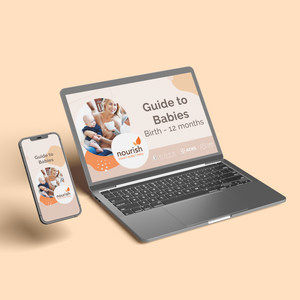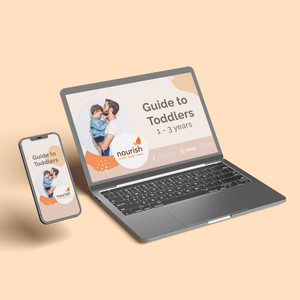Key Point
- Opt for water-based paints, glue sticks, non-toxic crayons, and water-based markers to minimize chemical exposure during art activities
- Homemade playdough or PVC-free alternatives are preferable choices for safe play
- Choose BPA-free and PVC-free plastic toys to avoid hazardous additives
- Avoid play cosmetics and face paints containing toxins; opt for costumes or homemade face paint instead
Last time we wrote about raising chemical free kids we spoke about chemicals in their food. This time we are going to discuss how to reduce the chemicals in your home that could potentially be causing harm.
It can be daunting trying to figure out you can minimise your child’s exposure to chemicals in their environment, but it does not need to be. Don’t feel the need to completely overhaul your craft supplies and get all new toys. You can mitigate the risk of exposure to chemicals through supervision, making sure toys and craft supplies are used as they should be.
Check out our tips below on how you can reduce the chemicals your child is exposed to in future.
Craft Time Without Chemicals
Creating art is fun and educational for children and as such it happens at home, at day care and at school which is why we often assume that all the materials used throughout are safe however this isn’t the case for all.
Use these tips below to help choose the art supplies you keep at home.
Paints
Choose water-based paints, tempera paints and non-gel acrylics avoiding oil and enamel-based paints and gel acrylics.
Adhesives
Glue sticks, Elmer’s Glues, library paste, and adhesive tape are all safe to use. Just avoid solvent based glues until the child is old enough.
Crayons
Most crayons of a petroleum product known as paraffin so keep a close on your child when they are using crayons. Alternatively, you can buy beeswax or soy-based crayons instead.
Felt Pens
If you can, choose coloured pencils instead as most felt pens contain alcohol which can release vapours and be inhaled. If they are a must though look for water-based markers.
Playdough
The safest and most fun way for your child to play with playdough is to make some yourself. That way they can enjoying making it and you can be assured of the ingredients that it contains. If, however, you would prefer to buy, simply look for playdough that is not PVC based.
Play Time without Chemicals
Play time is a big component of your child’s life and as such it should be carefree. You can achieve this by choosing safer toy options. Use some of our tips to help decide how to pick the right toys for your home.
Plastic Toys
When choosing plastic toys look for those that are labelled BPA-free and PVC-free. PVC, commonly called vinyl, is a soft, flexible plastic found in toys and the packaging toys come in that typically contains hazardous additives releasing dangerous chemicals throughout its lifespan. In most cases, you can find alternatives to PVS products otherwise you could instead choose safer plastics or toys made from natural materials.
Stuffed Toys
Stuffed toys can often become a great comfort to a child so when choosing them look for those that are filled with polyester, down, wool or cotton. These materials are less likely to contain offgas or flame retardants.
Dress Ups
Your child’s imagination can run wild when playing dress ups. You can make this safer by avoiding play cosmetics and face paints as these can contain toxins. Focus the fun instead on costumes or try making your own face paint.
Our Products
-

01. Guide to a Healthy Pregnancy
$55 -

02. Positive Birthing Course
$55 -

03. Infant Feeding Guide
$55 -

04. Baby Sleep Guide - First 12 Months
$55 -

05. Toddler Parenting Course 1 - 3 Years
$55
-
 When to Start Antenatal Classes?
When to Start Antenatal Classes?
Becoming a parent is an incredible milestone, but it comes with a host of changes that can be daunting, especially for first time parents. Antenatal classes are all about offering expectant parents the education they need to make informed decisions, look after their bodies and care for their newborn babies. While you probably already have a long list of things you need to accomplish during your pregnancy, it’s a good idea to make time to attend antenatal classes.
-
 Development Milestones 4-8 Months
Development Milestones 4-8 Months
As they reach the middle of their first year, you'll start to see bigger leaps in their growth and ability!
In this article, we’re going to discuss your baby’s developmental milestones between 4-8 months, and what you can expect along the way.





 When to Start Antenatal Classes?
When to Start Antenatal Classes?
 Development Milestones 4-8 Months
Development Milestones 4-8 Months








